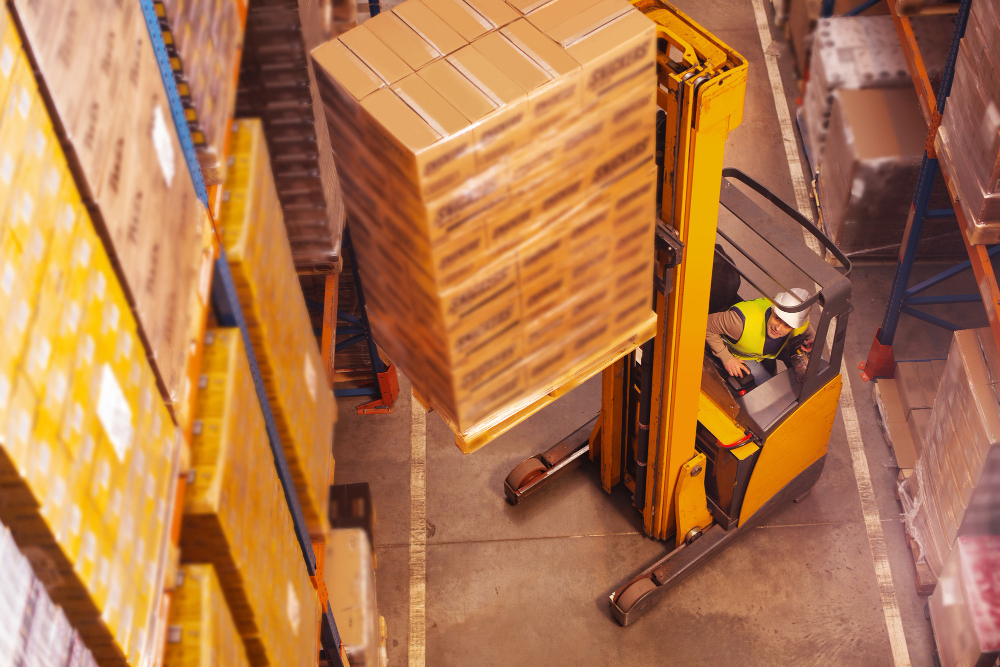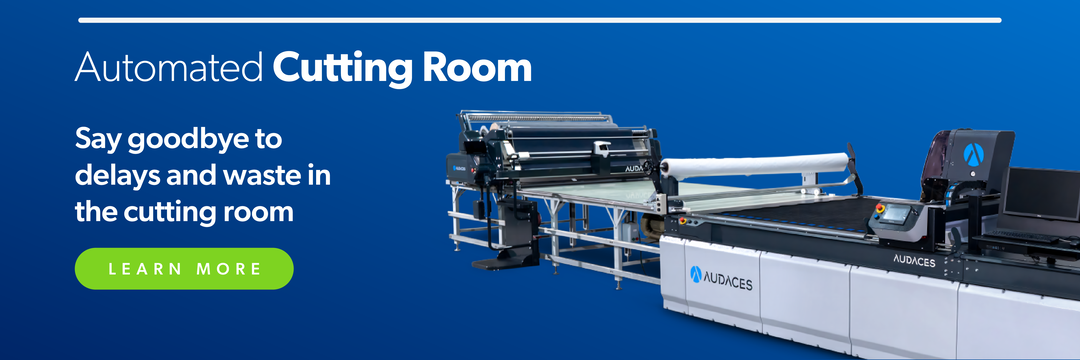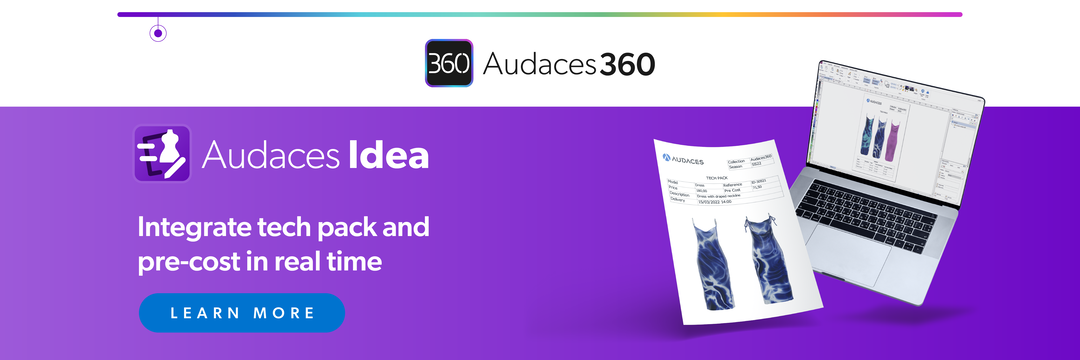Summary
- Material handling is a key driver in making apparel production more efficient.
- It helps companies reduce delays, lower costs, and improve workplace safety.
- Want practical insights straight to your inbox? Subscribe to our newsletter!
Material handling impacts every step of the supply chain, from moving raw materials to organizing finished garments. The right methods have the power to save time, minimize errors, and keep production running smoothly.
For production managers, adopting smart material handling strategies leads to better results. It also helps your company use resources more efficiently and maintain a more reliable workflow.
No matter the size of your apparel business, investing in good practices ensures greater productivity and long-term gains. Now, let’s uncover how you can apply these strategies to transform your factory floor.
Happy reading!
Sumário
What is material handling in the industry?
Material handling involves moving raw materials, components, and finished goods through a facility. It ensures that everything arrives in the right place at the right time.
In practical terms, moving material means transporting it from one stage of production to another. It also translates to storing it properly and making it ready for the next step.
Material handling operations include tasks such as loading, unloading, storing, and transporting items within the facility. Each of these operations requires careful planning to maintain workflow and safety.
When done correctly, material handling helps companies save time, reduce costs, and protect their products. It also makes the workplace safer by reducing the risk of accidents and strain on employees.
For production managers, understanding how material handling involves every stage of the supply chain is essential. Optimizing these operations directly improves efficiency, reliability, and overall productivity.
Learn more: Boost your garment manufacturing with industrial management
Main types of material handling
There are different ways to manage materials in a production facility, each suited to specific production needs.
The two main approaches we will cover are traditional handling and continuous handling. Both offer unique solutions for moving material the right way.
Check it out:
Traditional handling

Traditional handling relies mostly on human effort and simple equipment. Manual handling is a great part of this approach, involving workers lifting, carrying, or moving items without automated tools.
While this method is common in small factories, it requires careful attention to safety and ergonomics. Improper manual handling can lead to injuries and slow down production.
Traditional handling is flexible and easy to implement because it doesn’t require expensive machines. Teams can adapt quickly to changes in workflow or product layout.
However, relying solely on manual handling can limit productivity as volumes grow. It is best for small batches, but it still requires training and proper organization to be effective.
Continuous handling
Continuous handling uses equipment and systems to move materials automatically along the production line. Well-designed material handling systems help reduce manual effort and streamline operations.
These systems improve efficiency by moving materials smoothly and consistently from one stage to the next. They are particularly useful in medium to large factories where speed and consistency are critical.
By investing in advanced material handling systems, businesses can optimize workflow and lower labor costs. In addition, managers can ensure that production lines run quickly and safely.
Learn more: How can mass production boost your apparel manufacturing?
How can poor material handling harm your production?
Incorrect material handling can create problems at every stage of production. Small mistakes in how you move or store materials can lead to serious consequences for your business.
The following points highlight the main issues caused by inadequate material handling.
Damage or loss of raw materials
A flawed material handling process can easily lead to damaged or lost raw materials. When materials are dropped, stacked incorrectly, or exposed to unsuitable conditions, their quality suffers.
Damaged raw materials may no longer meet production standards, which can result in rejected products or delays while sourcing replacements.
When companies improve the material handling process, they can protect inventory, maintain product quality, and avoid unnecessary interruptions in production. Proper equipment, training, and organization are essential to minimize these risks.
Tired of seeing your profits disappear? Discover the secrets to cutting costs and boosting your bottom line with our free ebook. Download it now to take control of your business!
Financial losses
Poor material handling can have a direct impact on your company’s finances. This is because you must replace damaged or lost materials, increasing operational costs.
Production delays caused by inefficient handling can also reduce overall output, lowering revenue and profitability. Mistakes in handling may lead to extra labor hours as employees correct errors or move materials multiple times.
Frequent issues with material handling can also harm relationships with suppliers or customers. Late deliveries or low-quality products may result in penalties, returns, or lost contracts.
Investing in proper handling strategies, equipment, and training helps companies save money in the long run.
Delivery delays
Inefficient material handling can slow down production and affect delivery schedules. If materials are not available at the right time or place, production lines may stall, causing bottlenecks.
Delays in one stage of production ripple through the entire supply chain. Finished products may not be ready when promised, impacting customer satisfaction and business reputation.
Companies may also face increased shipping costs if they need to expedite deliveries to compensate for delays. This adds financial pressure and can strain resources.
By optimizing material handling, businesses ensure a smooth flow of materials, maintain consistent production speed, and meet delivery deadlines reliably.
Learn more: 5 strategies to optimize your production with efficient fashion
Benefits of effective material handling
Proper material handling brings many advantages to apparel production. These benefits impact not only the workflow but also the overall success and reputation of the company.
Lower operational costs
Efficient material handling helps companies save money in many ways. Businesses spend less on replacements and repairs by reducing mistakes and preventing damage to materials.
Streamlined processes also save labor costs because employees spend less time moving items or fixing errors.
In addition, proper handling reduces waste and ensures the use of materials to their fullest potential. Lower waste means lower expenses for purchasing and disposing of materials.
Overall, effective material handling leads to significant savings in operational costs, making production more profitable and sustainable over time.
Better space optimization

Proper planning allows companies to store more materials in less space, reducing the need for additional storage facilities. Organized storage and clear workflows prevent clutter and make better use of available space.
Optimized space also makes it easier for employees to access the materials they need quickly. Less time searching for items means smoother operations and fewer delays.
It’s a great way for companies to maintain a clean, safe, and productive environment. All of this contributes to improving workflow and employee satisfaction.
Learn more: Main types of factory layouts and tips for your production
On-time deliveries
One of the biggest benefits of the right material handling is the ability to meet delivery deadlines. Materials are available when needed, which keeps production on schedule.
When production runs smoothly, finished products are ready on time, avoiding delays in shipments to clients or retailers.
It’s important to notice that timely deliveries improve customer satisfaction and trust. Clients are more likely to continue working with a company that consistently meets deadlines.
Efficient handling practices ensure a reliable flow of materials, reduce bottlenecks, and maintain a steady production rhythm, making on-time delivery achievable every time.
Learn more: How to define production stages using a textile flowchart
Stronger brand reputation
A well-planned material handling positively affects a company’s reputation. Reliable production and consistent delivery demonstrate professionalism and competence.
Trust me: clients and partners notice when operations run smoothly and products are on time. This strengthens the company’s image as a trustworthy and capable business.
Reducing mistakes and maintaining high-quality products shows that the company cares about its customers and standards. It’s a strategy to reinforce confidence in the brand.
If you want to build a strong reputation in the market, you should definitely invest in material handling. It will help you attract more clients, partnerships, and long-term growth opportunities.
How can technology shape efficient material handling?
If you use the right tools and systems, technology allows you to move materials faster and increase overall efficiency.
Modern solutions often involve automation, software tracking, and smart organization systems. Equipment includes conveyors, forklifts, automated storage, and sorting systems that help streamline operations.
Different industries and production needs require different solutions. Selecting the correct type of material handling equipment ensures materials move safely and efficiently.
Technology also allows managers to monitor and optimize workflows. Digital tracking and sensors can alert teams to bottlenecks, misplacements, or overstocked areas, enabling quick corrections.
Investing in advanced material handling technology improves productivity, lowers costs, and enhances workplace safety.
Learn more: Top 5 technologies driving mass customization in clothing
Automate your production with Audaces360 multi-solution
Audaces360 integrates cutting-edge digital innovations to optimize workflows in the textile and apparel industry.
It caters to companies of all sizes and types, offering the flexibility to scale with your business needs.
All solutions were carefully developed to address the specific challenges of the field. They streamline the design and production processes, saving valuable time and resources.
The platform boasts a comprehensive range of functionalities, including pattern making, marking, collection management, vector drawing, and 3D creation.
In addition, a fashion Artificial Intelligence to assist you along the way.
Discover Audaces360 and unlock a world of possibilities for pattern development. Explore our comprehensive suite of solutions today!
FAQ
Material handling involves moving raw materials, components, and finished goods through a facility. It ensures that everything arrives in the right place at the right time.
The main types include traditional handling (human effort and simple equipment) and continuous handling (advanced systems and equipment).
Incorrect material handling can cause damage or loss of raw materials, financial losses, and delivery delays.










